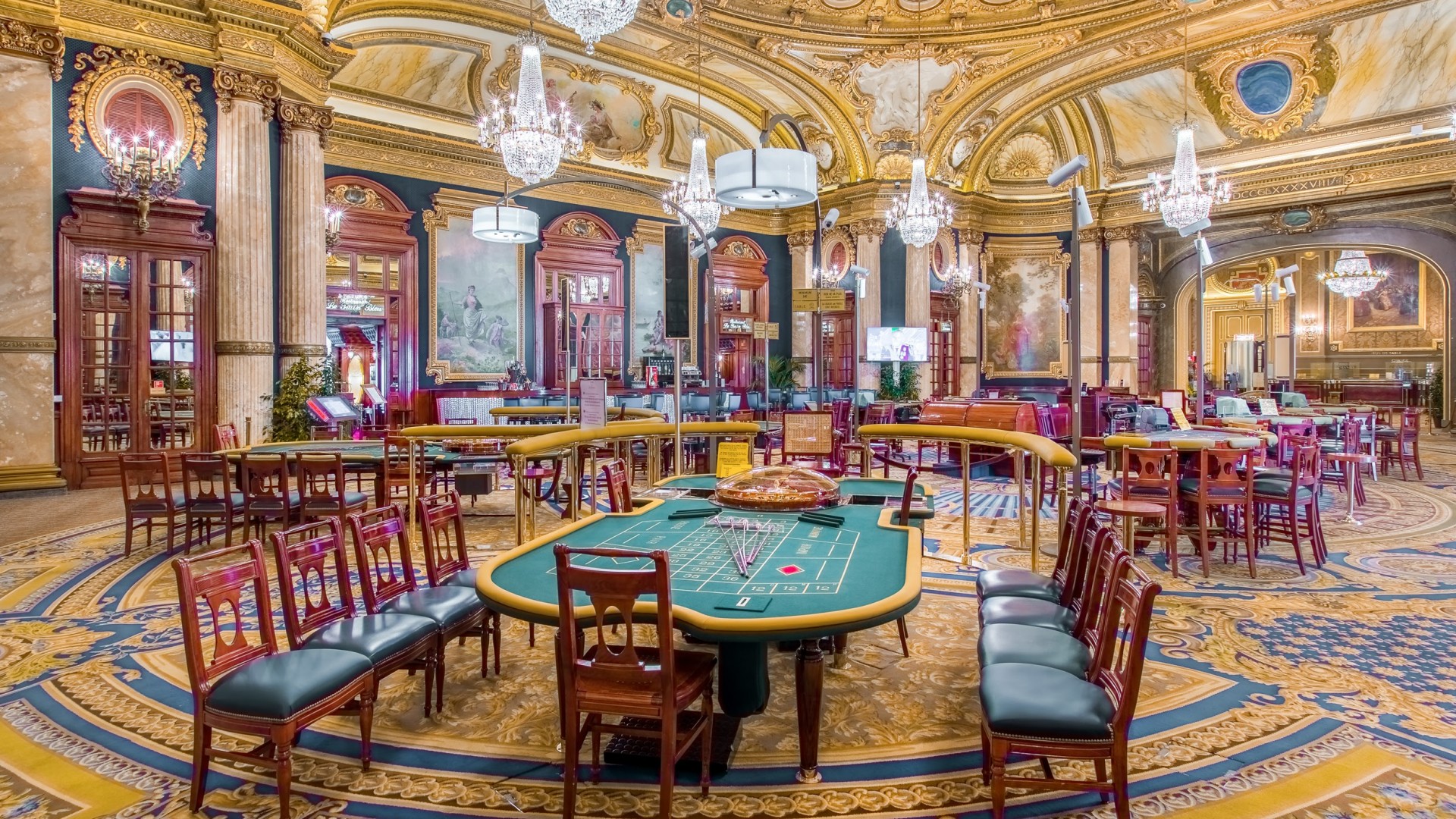
In the dynamic and exciting world of gaming establishments, where fortune and tactics intertwine, hues and aesthetic play a critical role in attracting players. As soon as players step into a casino or log into a gaming platform, they are immersed in a visual feast that grabs their attention and lures them to explore more. Vivid colors, captivating graphics, and innovative layouts are carefully crafted to create an atmosphere of thrill and expectation, ultimately improving the gaming encounter.
As players navigate through the dynamic landscape of casino games, they encounter a variety of designs that not only serve aesthetic purposes but also influence emotions and decision-making. Colors like red and gold symbolize wealth and fortune, while calm blues and greens can create a much relaxed environment. Grasping how these elements function together enables casinos to create an welcoming and stimulating atmosphere that encourages players to engage with the games, invest additional time at the tables, and increase their general enjoyment.
The Psychology of Tint in Casino Games
Color plays a key role in the development of gaming experiences, shaping players’ feelings and responses. Vivid and striking colors, such as crimson and yellow, are often used to stimulate enthusiasm and draw focus. These hues create a sense immediacy and dynamism, encouraging gamblers to engage more readily with the experience. Giới thiệu FB88 By thoughtfully selecting hues, creators aim to inspire emotions of joy and anticipation, which can enhance the total player experience.
Different hues also have psychological associations that can affect how gamblers perceive their odds of success. For instance, lime is commonly associated with luck and abundance, making it a frequent choice in games like roulette and poker games. This association can result players to feel more optimistic and assured in their gameplay, ultimately encouraging them to wager more. Understanding these associations allows game designers to create environments that enhance player satisfaction and retention.
Moreover, the layout of gambling game interfaces often uses blended colors and opposing colors to guide players’ responses. For case, winning combinations may be highlighted with vivid, contrasting shades, creating a visual cue. This technique supports positive outcomes and promotes repeated gameplay. By utilizing color psychology, gaming venues can design activities that not only attract players but also maintain them engaged and dedicated in their gaming experience.
Design Elements that Engage Players
The aesthetic appeal of casino games is primarily influenced by the use of bold colors. Lively and striking colors are deliberately chosen to create an inviting atmosphere that captures attention. For example, reds and golds often signify good fortune and prosperity, which is why they are common in the palettes of slot machines and table surfaces. These colors not only attract players in, but they also evoke emotions associated with thrill and anticipation, enhancing the total gaming experience.
In addition to color, the design and layout of casino games play a crucial role in player attraction. Games are designed to be user-friendly, ensuring that players can easily understand the guidelines and gameplay. User-friendly interfaces, along with engaging graphics and motion, help maintain player interest and promote extended play sessions. The physical elements, such as the feel of the buttons and the audio of the games, also add to a comprehensive sensory experience that keeps players engaged.
Finally, conceptual elements in game design can greatly influence gaming decisions. Many casino games are inspired by popular culture, myths, or adventure themes, featuring symbols and characters that connect with players. FB88genz.com These themes create a sense of engagement and relatability, making each game feel unique. When players feel a bond to the concept, they are more likely to opt for that game over others, leading to higher participation and excitement within the casino environment.
Case Studies: Effective Casino Slot Designs
One noteworthy example of successful casino game design is the popular slot machine series themed around popular movies. Games such as those based on the The Wizard of Oz and Game of thrones utilize vibrant colors and high-quality graphics to immerse players in well-known narratives. The employment of dynamic visuals and entertaining sound effects grabs the focus of players, establishing an affective connection to the theme. This strategy not just encourages longer play but also boosts the overall gaming experience, leading to increased player retention.
Another effective case is the use of color psychology in table games like blackjack and roulette. Casinos often create these games with deep reds and greens, colors traditionally linked with luck and wealth. For instance, the green felt on a 21 table provides a soothing effect, while the red accents in the wheel invite excitement. This deliberate use of color helps to foster an inviting atmosphere that stimulates players to participate, satisfying their psychological impulses and increasing their enjoyment.
Finally, social casino games that feature community features and vivid, colorful designs have experienced remarkable success in engaging players. Games like Zynga’s Poker and Slot-O-Mania leverage striking colors and playful animations to forge an inviting online environment. The addition of leaderboards, social sharing options, and in-app rewards promotes competition and community, drawing players in for longer sessions. Such designs merely make the games visually appealing but also emphasize social connectivity, a crucial factor in player retention and engagement within online casino environments.
